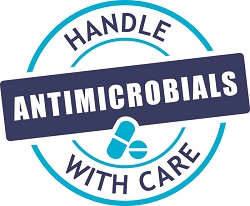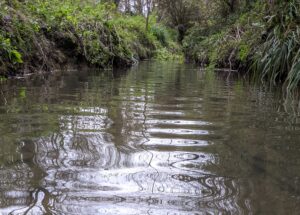The 18th – 24th November marks the WHO World Antimicrobial Awareness (AMR) week each year – so now seems a very appropriate time to give you a brief update on Project Medusa, a project led by two Bristol University students this Spring. BART provided volunteer support to help the students find sites and were keen to share their findings about our local rivers and sites where we often work.
The project was very simple – test some local sites for a pre-agreed list of pharmaceutical elements to see what was there. Once known the students planned to run a local AMR awareness campaign.
Sampling took place back in the Spring when leaves were beginning to burst through, but due to Covid and the many other University and student priorities the high level results only became available as the leaves began to fall this Autumn.

Of the list of 75 pharmaceutical elements that the students were able to test, 22 were indeed found in identifiable quantities on the day in question in our local rivers – a fine day on a set of rivers unaffected by rain in recent days. Sites on the Bristol Avon such as the Shallows at Saltford, the park in Keynsham and the mouth of the Bristol Frome all contained 18 – 22 of these substances.
So, in a simple presence and absence test pharmaceuticals were found in our local rivers, but what does this mean? BART have no expertise in deciphering this data in respect of AMR but hopefully this info will help those conducting further research in our Universities.

Universities and the WHO quote wastewater treatment regimes (and CSOs) as not entirely effective in removing the chemicals that can lead to increased microbial resistance. Different wastewater treatment technologies could mean potentially huge expenses for water companies or the Government – and ultimately customers. Actions will therefore likely depend on emerging knowledge of risks and subsequent pressure as we learn more and more. Other less capital expensive ways of helping are to prescribe less and find alternative means of managing some illnesses without antibiotics such as prescribing time in the outdoors or in some form of social activity. We will leave awareness of these potential solutions for our students to pursue!

For BART, however, the aspects which most concern us are those that impact the creatures that live in our rivers and the food chains they depend on. Feedback from Universities and the water industry is that the sheer number of potential investigations possible and the expense involved, make this an almost impossible task to accomplish and so knowledge will increase only slowly and potential damage will continue in the meantime – perhaps not letting these substances get into our rivers in the first place would be a good precautionary first step?
BART will continue to research this issue as opportunities arise.







